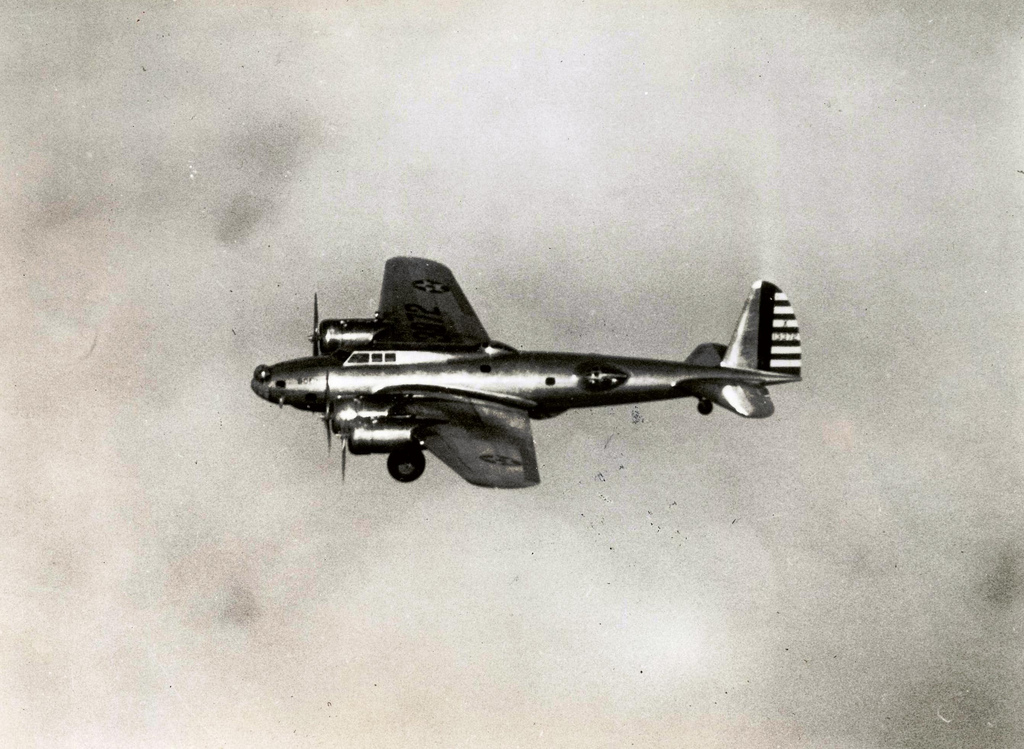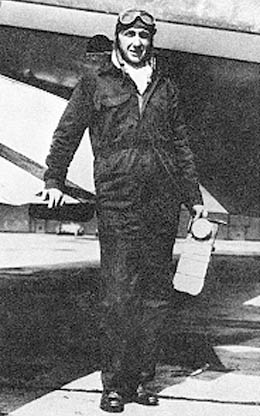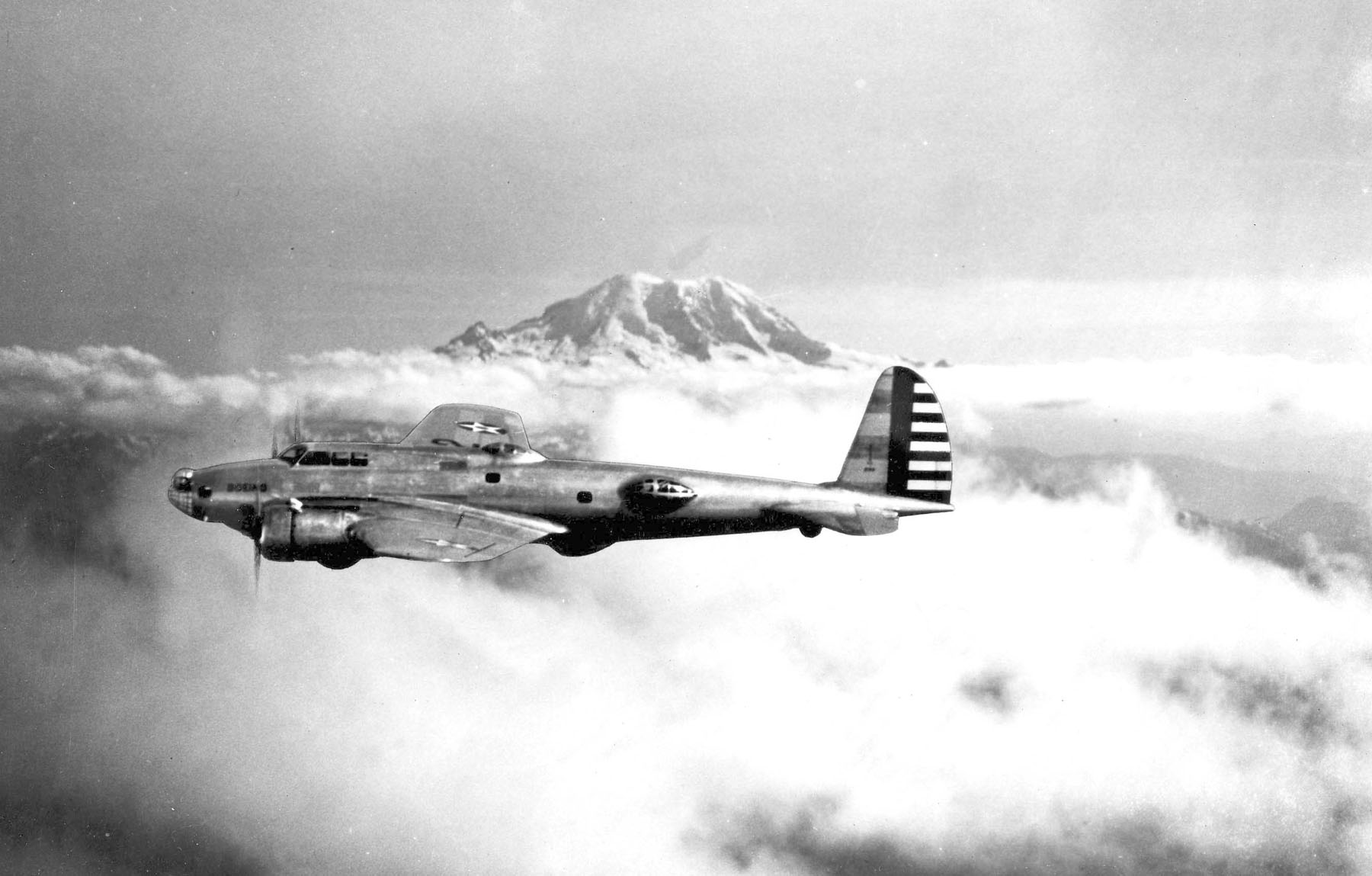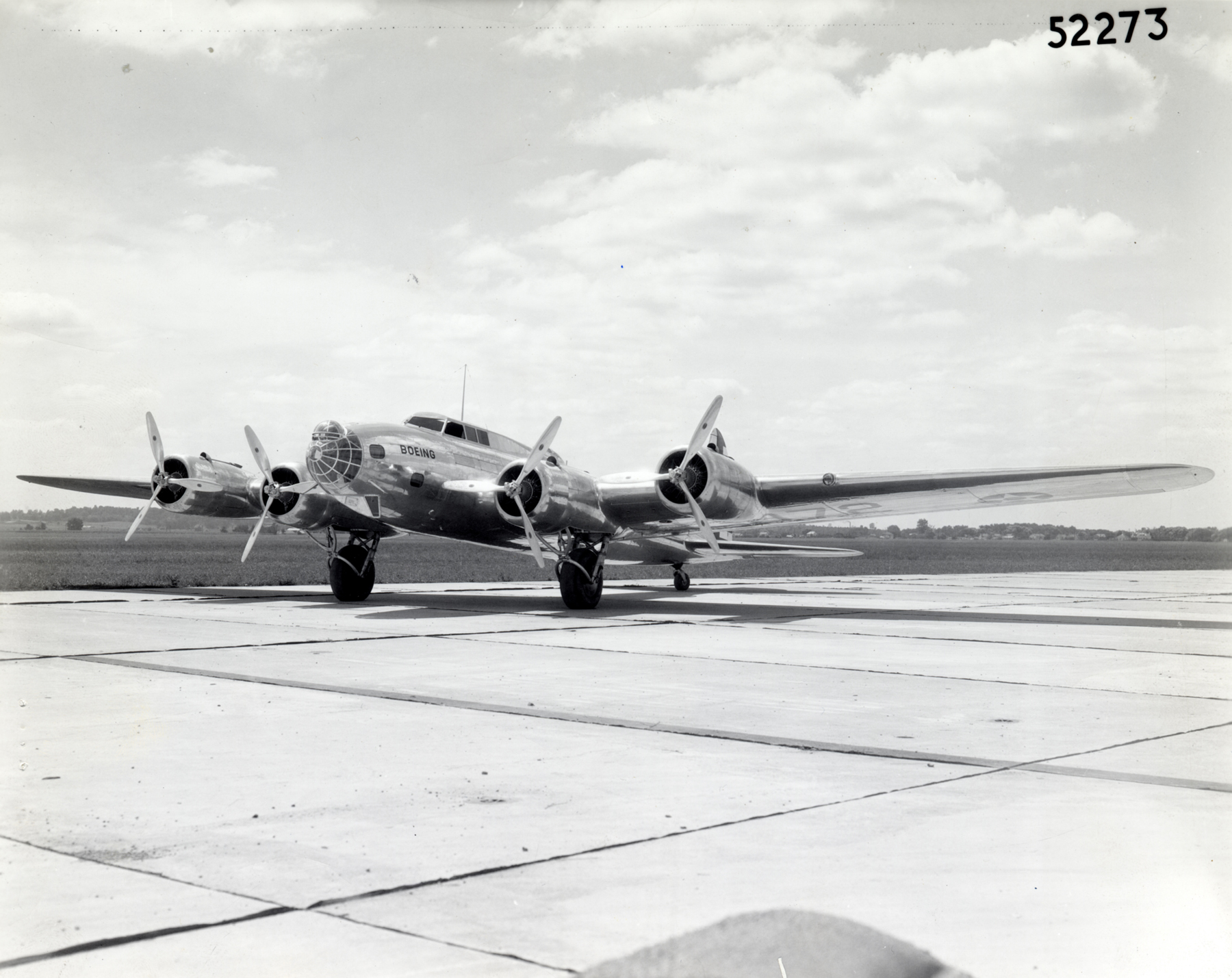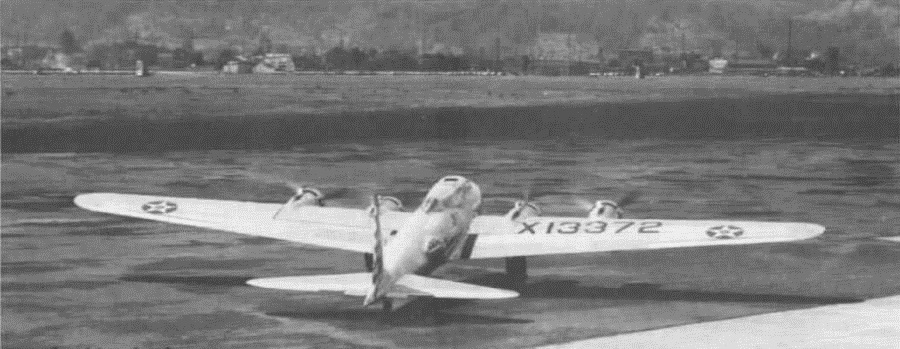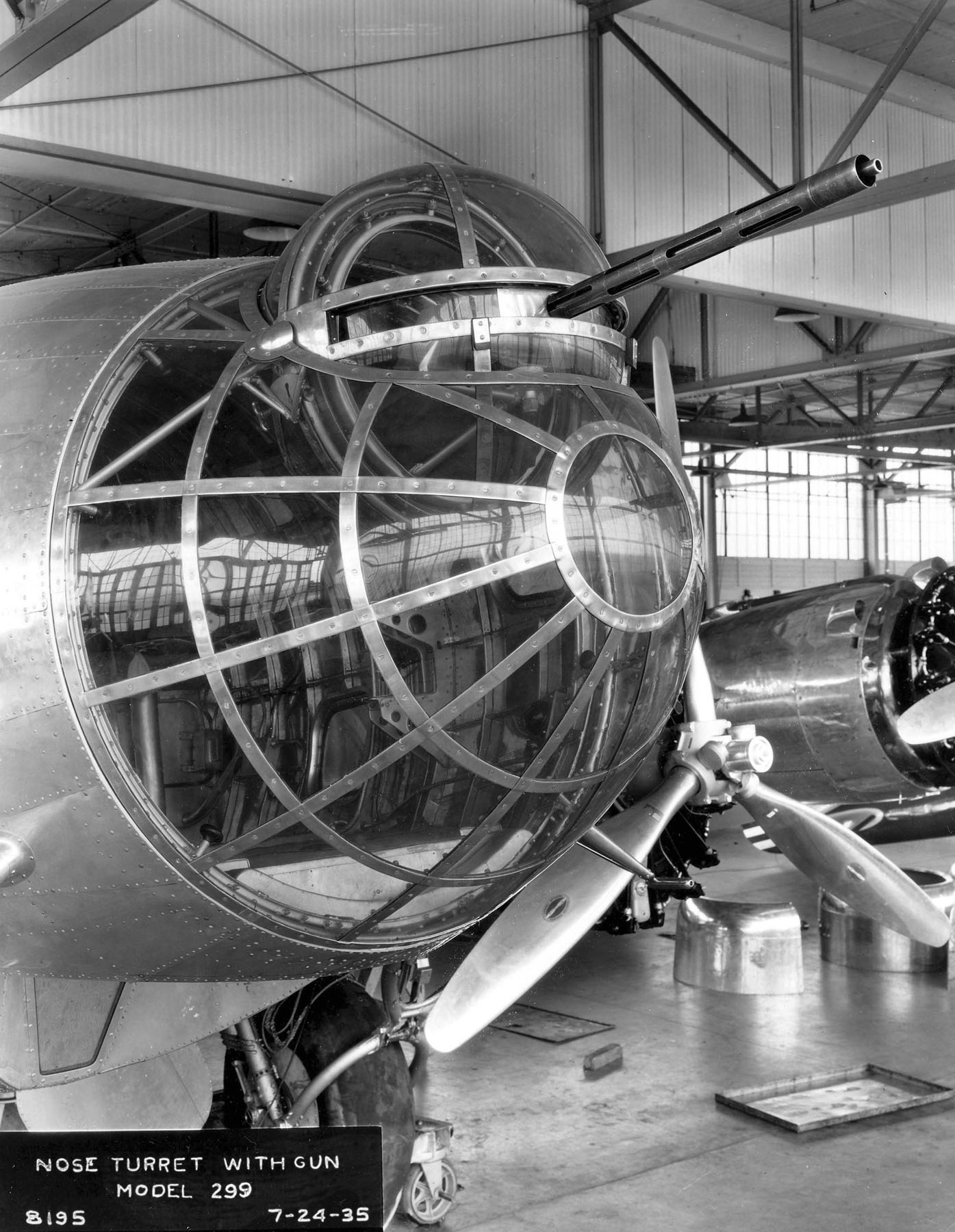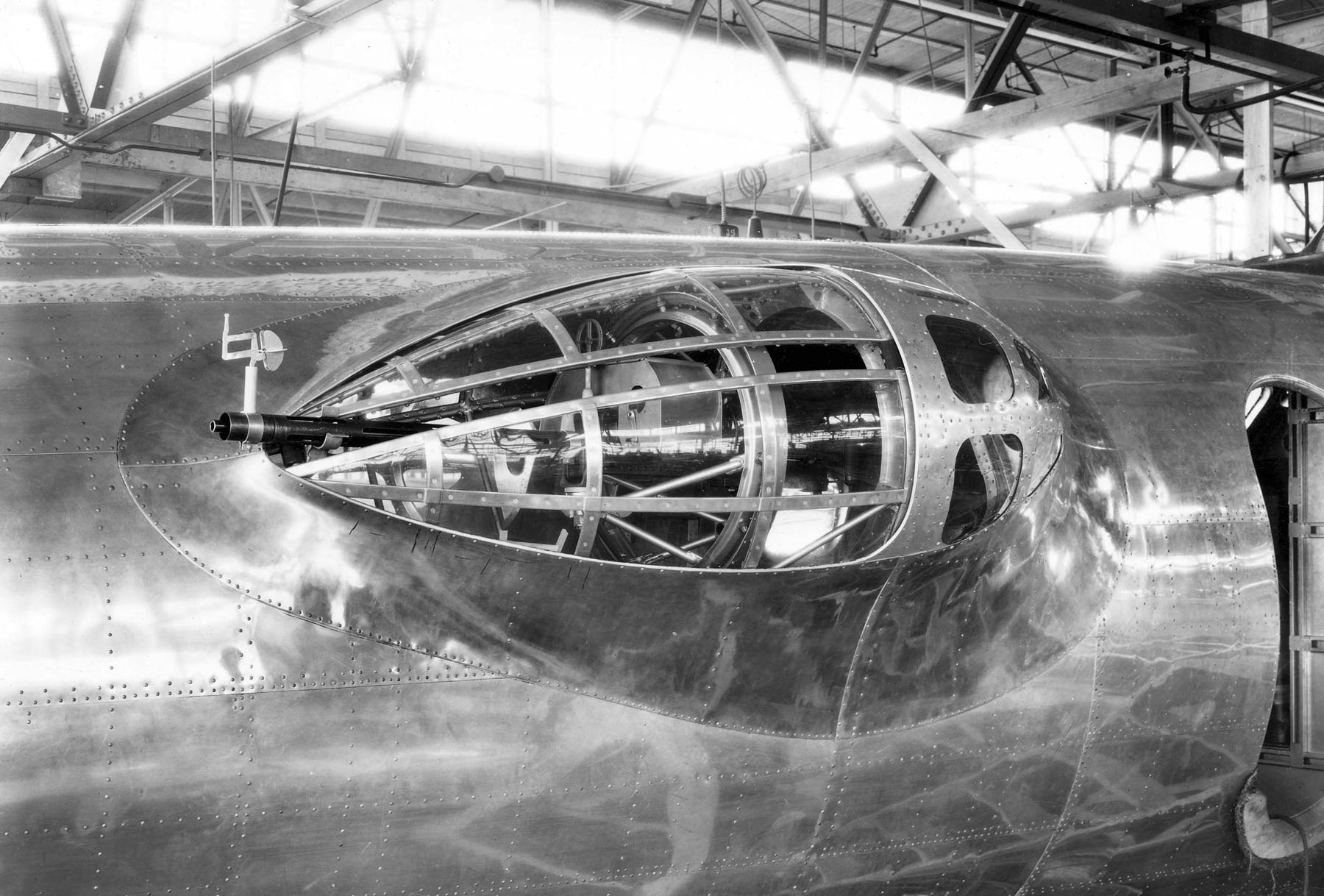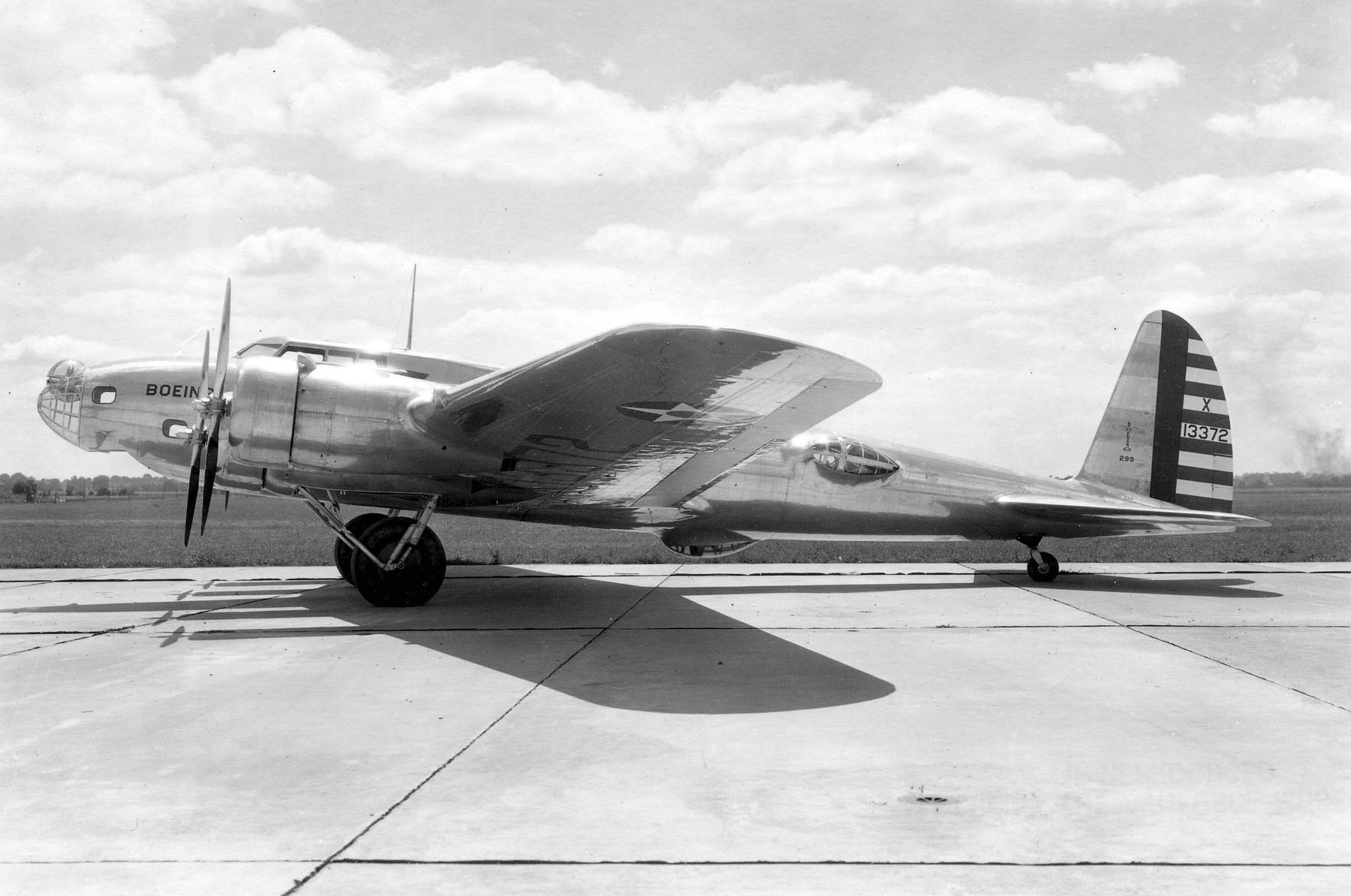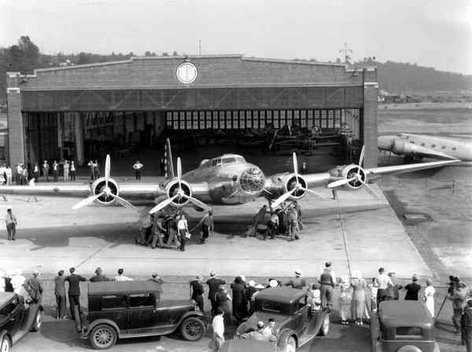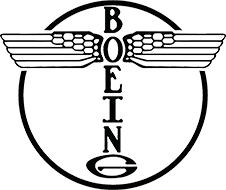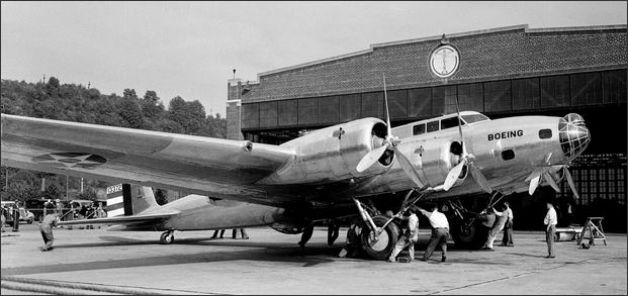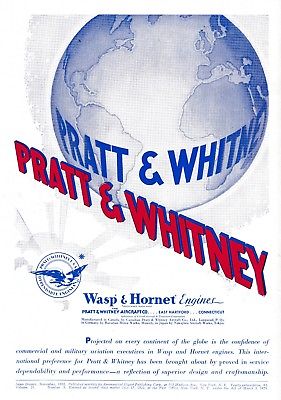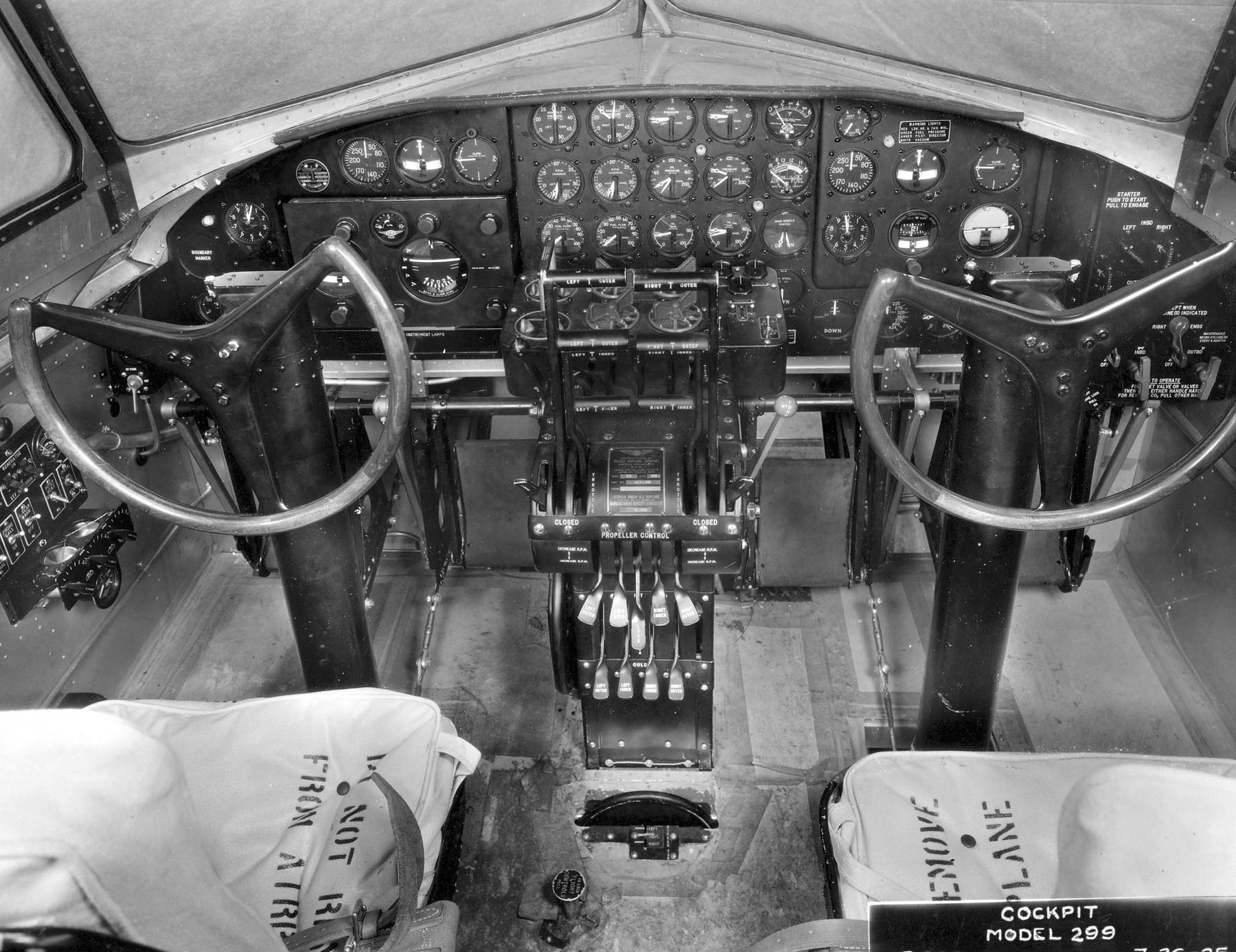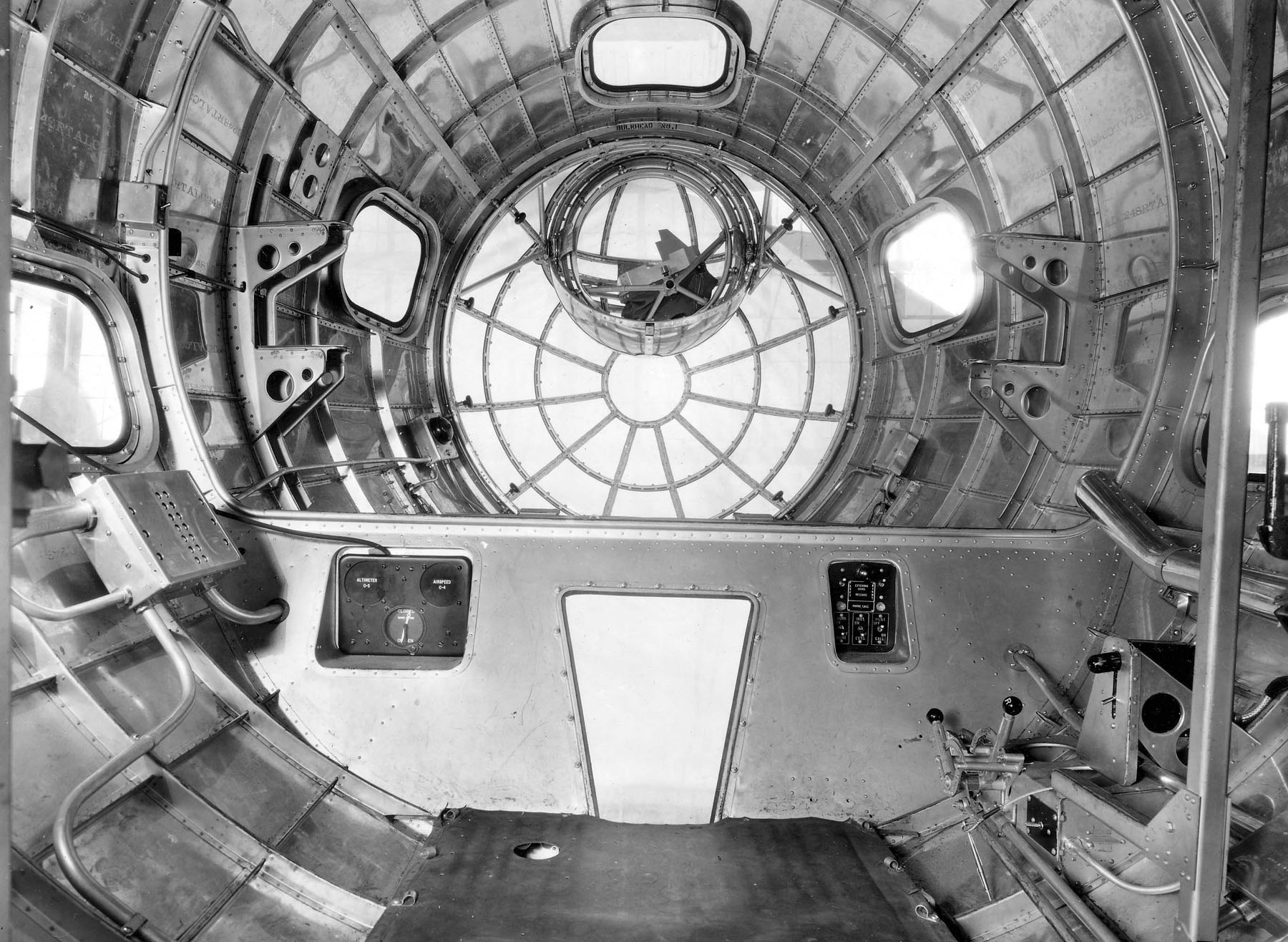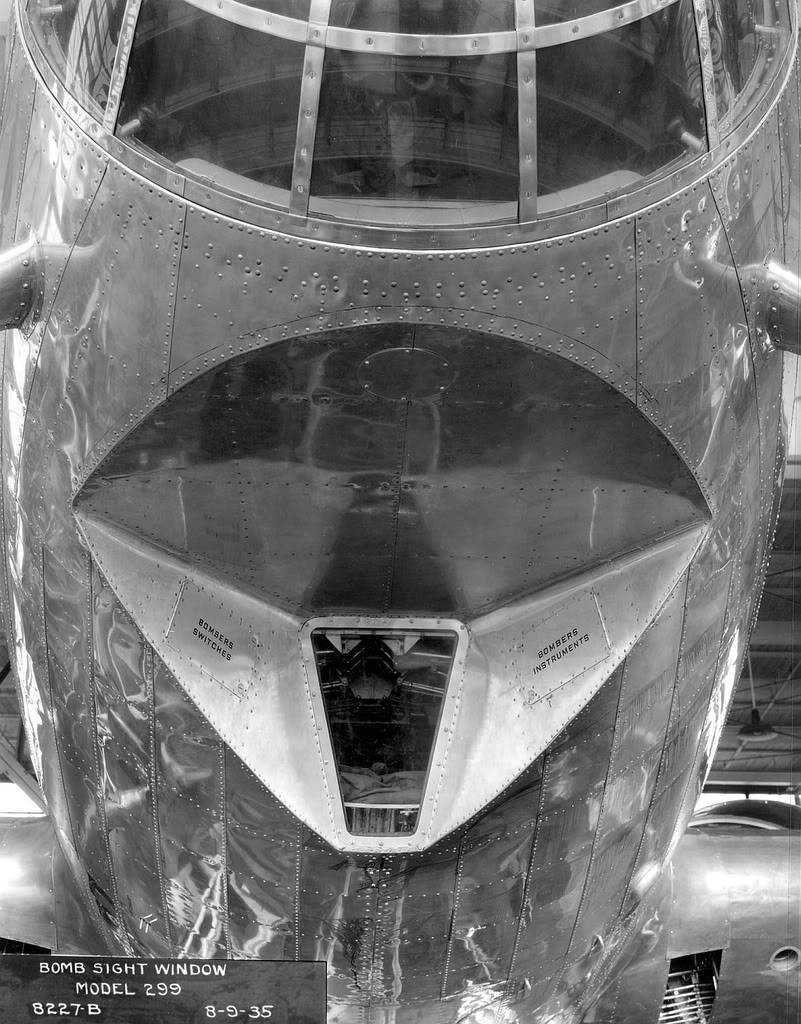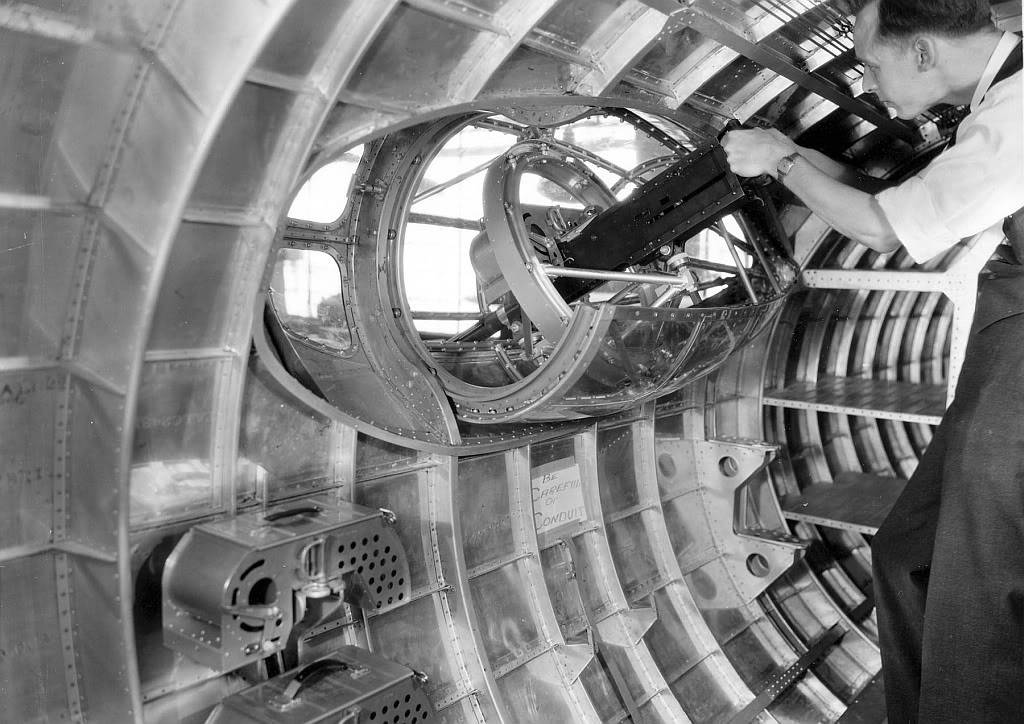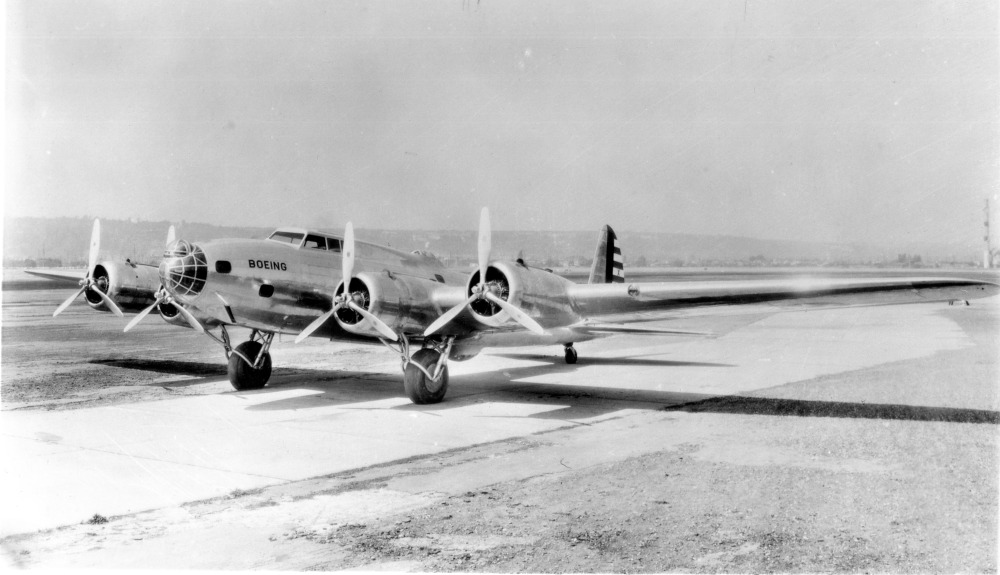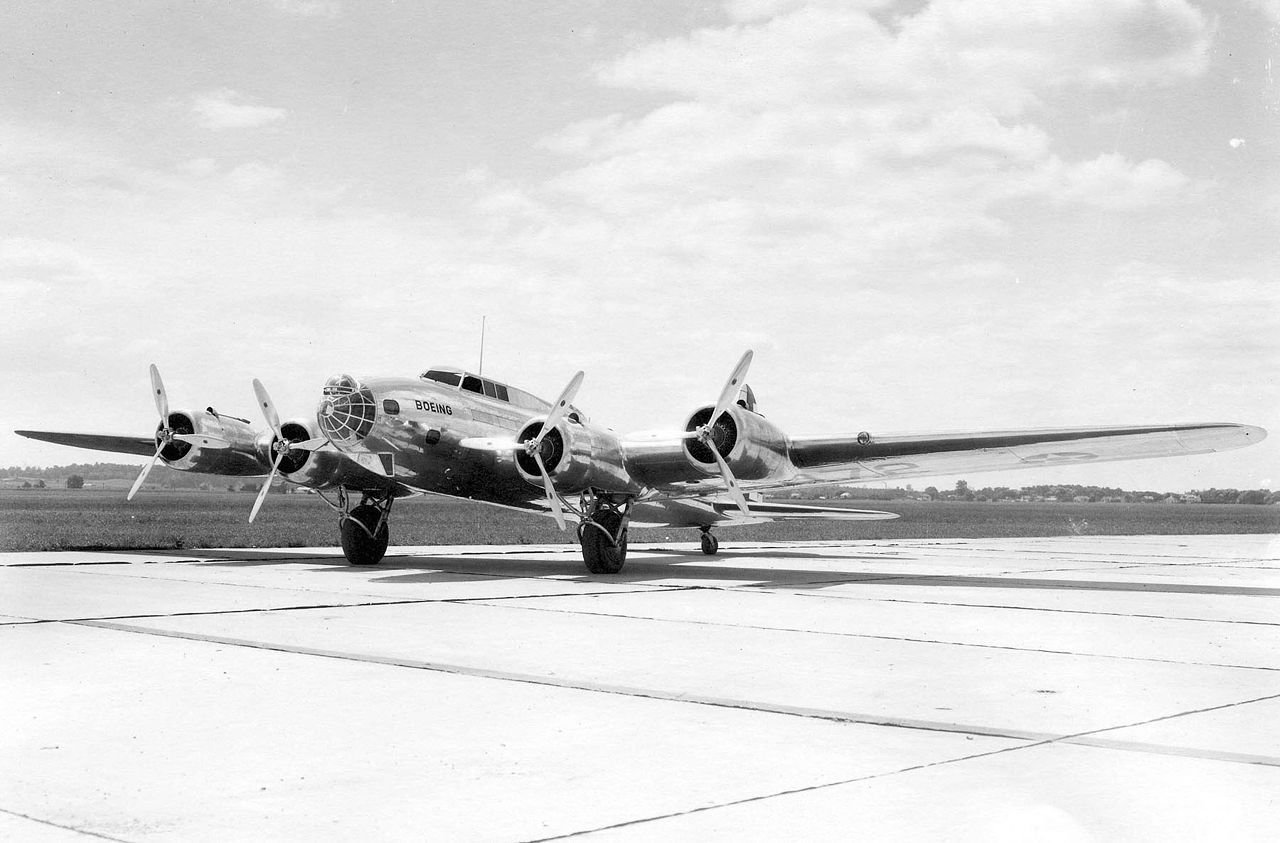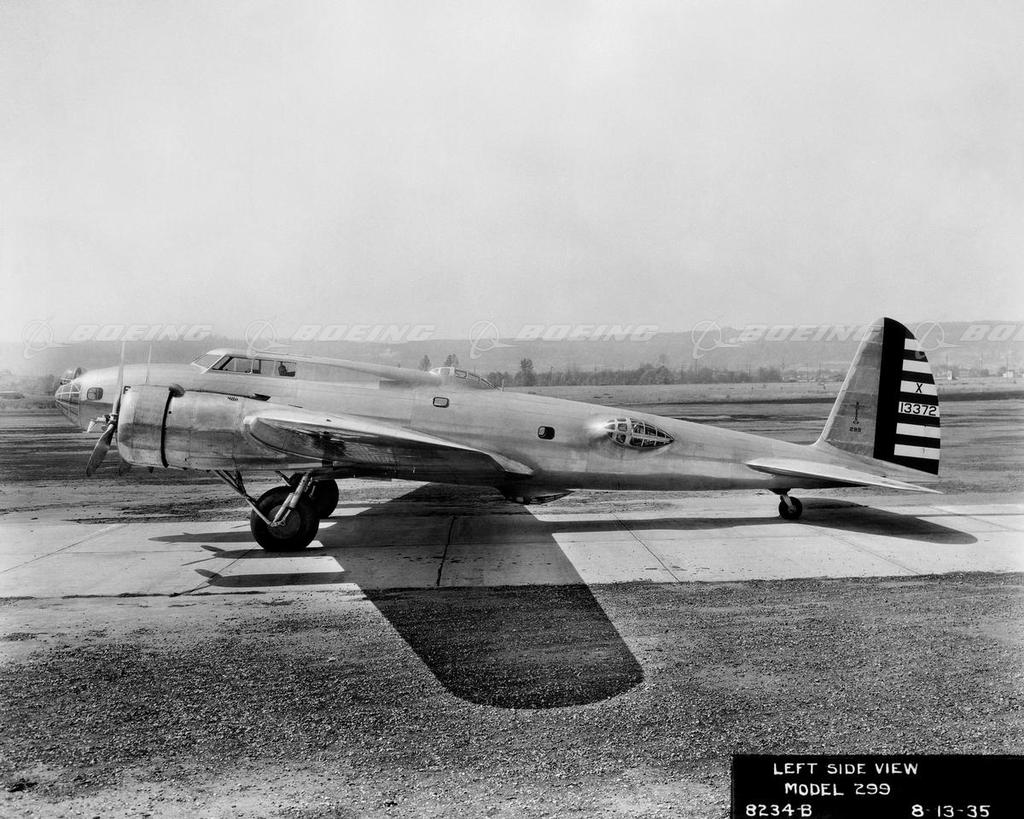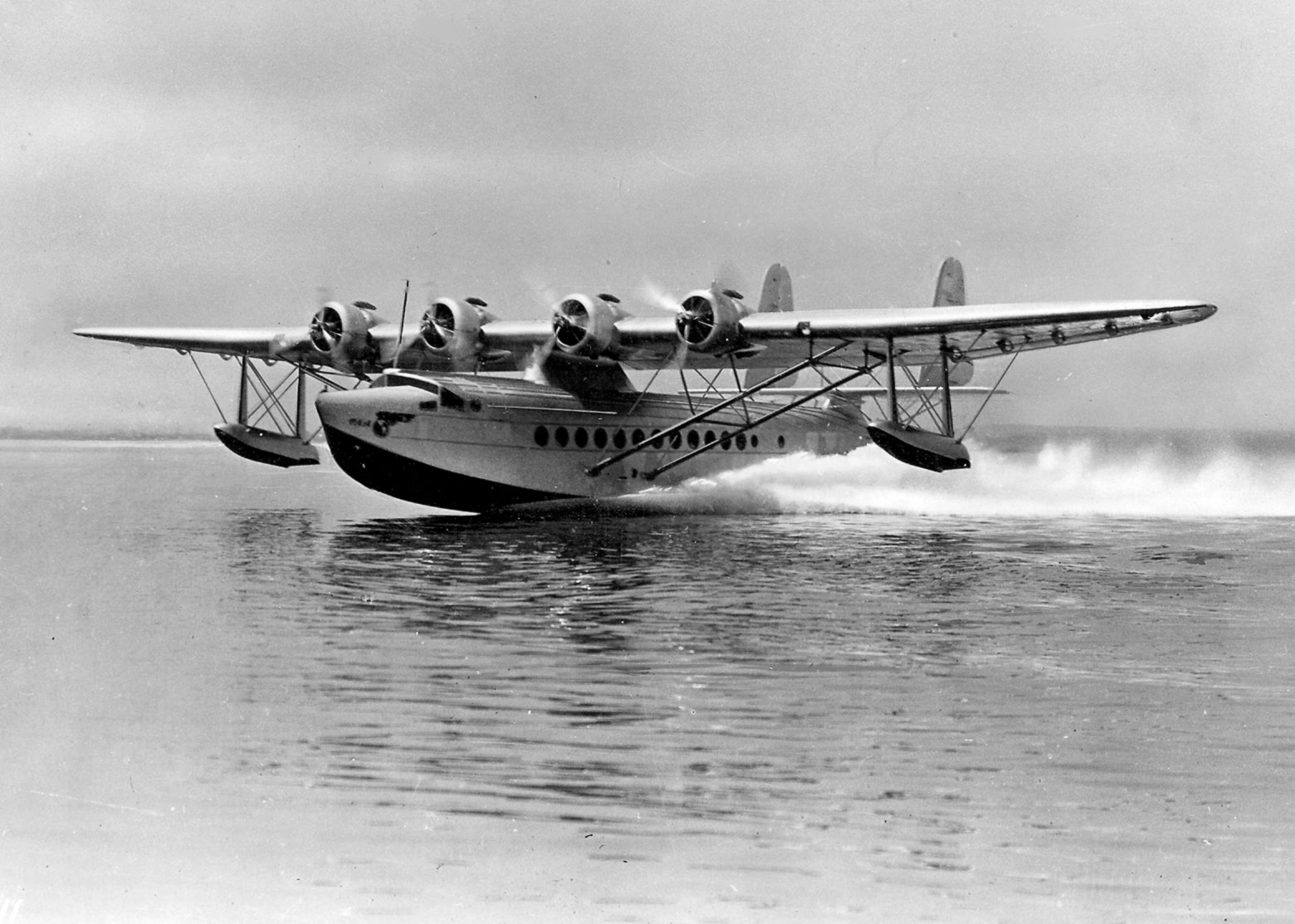
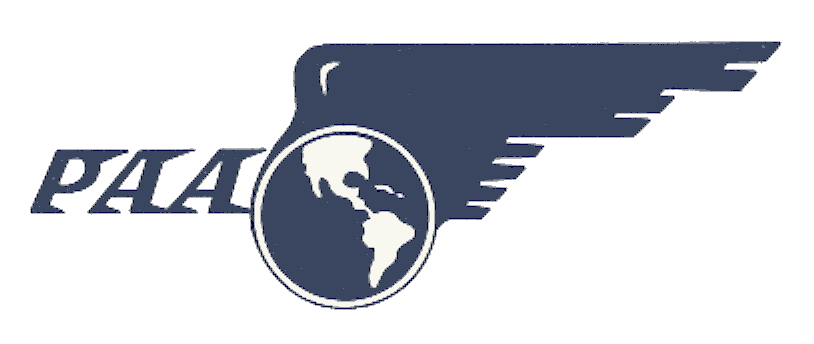 11 January 1938: Pan American Airways’ Sikorsky S-42B NC16734, Samoan Clipper, took off from Pago Pago, American Samoa, enroute Auckland, New Zealand. The airplane had a crew of seven, commanded by Captain Edwin C. Musick, the airline’s senior pilot, and a cargo of mail.
11 January 1938: Pan American Airways’ Sikorsky S-42B NC16734, Samoan Clipper, took off from Pago Pago, American Samoa, enroute Auckland, New Zealand. The airplane had a crew of seven, commanded by Captain Edwin C. Musick, the airline’s senior pilot, and a cargo of mail.
About two hours out, the number four engine began leaking oil. Captain Musick ordered the engine shut down. The flight radioed that they were returning to Pago Pago. They never arrived. Wreckage, a large oil slick, various documents and articles of the crew’s clothing were found by the U.S. Navy seaplane tender USS Avocet (AVP-4), 14 miles (22.5 kilometers) west of the island. It was apparent that the S-42 had exploded in mid-air.
The cause of the explosion is not known with certainty but based on Captain Musick’s handling of a similar problem with one of Samoan Clipper‘s engines on an earlier flight, a possible cause can be suggested.
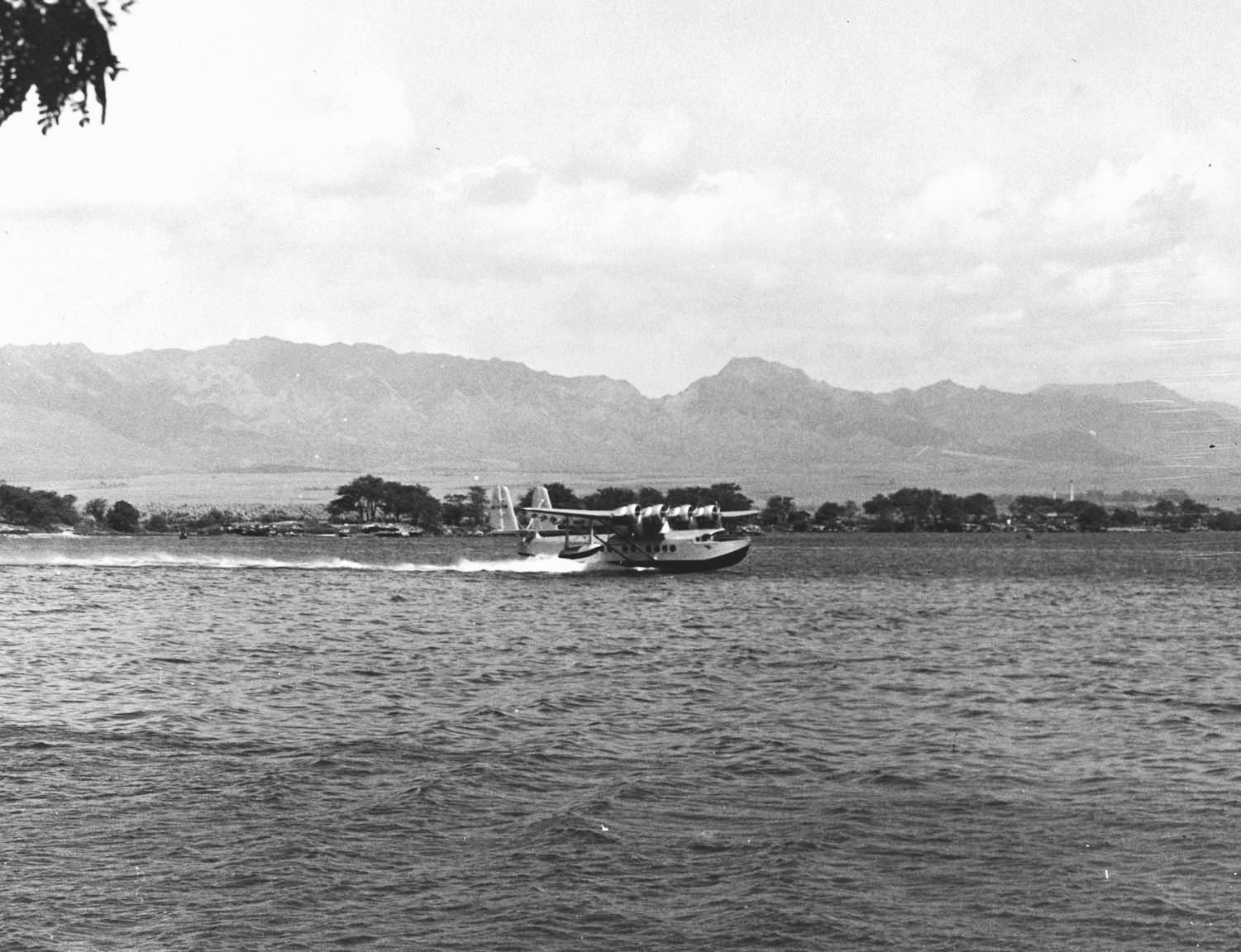
On the earlier flight, the number four engine had begun seriously overheating and Musick ordered the flight engineer to shut it down. Because of the decreased power with only three engines, Captain Musick ordered the crew to begin dumping fuel to decrease the weight of the airplane before landing.
Pan American had tested the fuel dumping characteristics of the Sikorsky S-42 using dye, and had learned that because of the air flow patterns around the wings, the fluid tended to accumulate around the trailing edge of the wings and that it could actually be sucked into the wings themselves.
As fuel was being dumped on the previous flight, fuel vapors were present in the cabin, requiring all electrical systems to be shut off—even though it was night. Liquid gasoline was also dripping into the cockpit from the wing above.
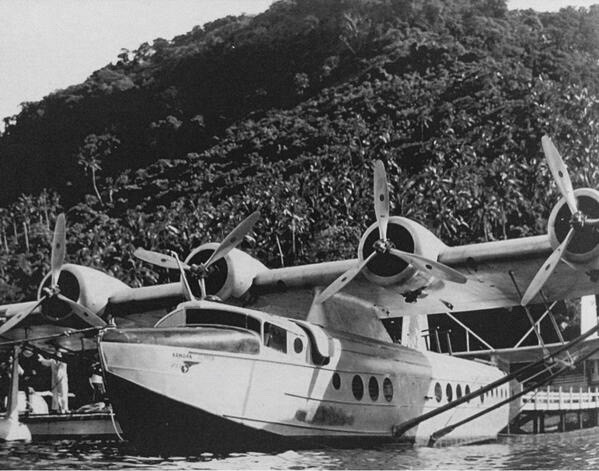
Samoan Clipper had been very heavy with fuel when it departed for the long transoceanic flight to Auckland. Presuming that Captain Musick once again ordered fuel to be dumped prior to landing back at Pago Pago, and that the vapors collected around the wings, the fuel could have been detonated by the electrical motors which were used to lower the flaps for flight at slower speed, or by coming into contact with the hot exhaust of the engines.
Two independent investigations were carried out by Pan American and by the United States Navy, and both came to this conclusion.
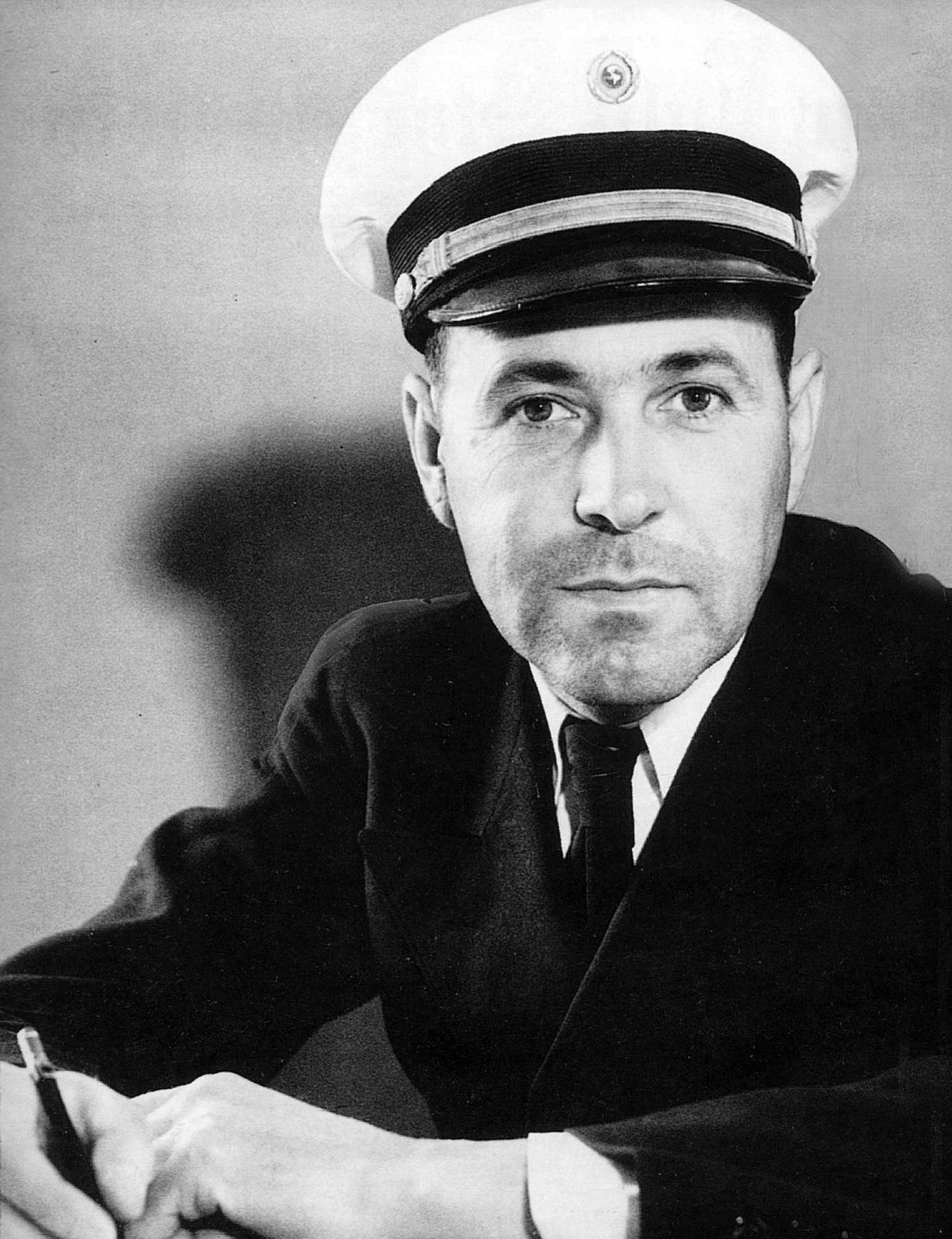
There were no survivors of the explosion. Killed along with Captain Musick were Captain Cecil G. Sellers, Second Officer P.S. Brunk, Navigator F.J. MacLean, Flight Engineer J.W. Stickrod, Flight Mechanic J.A. Brooks and Radio Operator T.D. Findley.


The S-42B has a cruise speed 165 miles per hour (266 kilometers per hour) and maximum speed of 188 miles per hour (303 kilometers per hour) at 5,000 feet (1,524 meters). The service ceiling was 16,000 feet (4,877 meters), and it could maintain 7,500 feet (2,286 meters) with three engines. Its range was 1,930 miles (3,106 kilometers).

During flight testing of the S-42, Sikorsky test pilot Boris Vasilievich Sergievsky, with co-pilot Raymond B. Quick, set three Fédération Aéronautique Internationale world records for payload and altitude.¹ Later, Captain Musick, with Sergievsky and world-famous aviator Charles A. Lindbergh, flew the S-42 to set eight Fédération Aéronautique Internationale world records for speed.²
Ten Sikorsky S-42, S-42A and S-42B flying boats were built for Pan Am. None remain in existence.
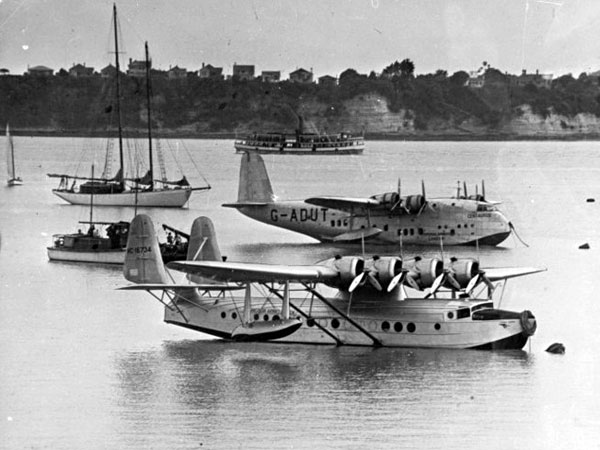
¹ 26 April 1934 FAI Record File Numbers: 11583: Greatest load to 2,000 meters (6,562 feet): 7,533 kilograms (16,652 pounds). 17 May 1934: 11582 and 11978: Altitude with a 5,000 Kilogram (11,023 pounds) Load, 6,220 meters (20,407 feet).
² 1 April 1934 FAI Record File Numbers: 11517: Speed over a closed circuit of 1,000 Kilometers (621.3 statute miles), 253,60 km/h (157.58 m.p.h.); 11518: . . . with a 500 Kilogram (1,102 pounds) Payload, 253,60 km/h (157.58 m.p.h.); 11519: . . . with a 1,000 Kilogram (2,205 pounds) Payload, 253,60 km/h (157.58 m.p.h.); 11520: . . . with a 2,000 kilogram (4,409 pounds) Payload, 253,60 km/h (157.58 m.p.h.); 11521: Speed over a closed circuit of 2,000 Kilometers (1,242.7 statute miles), 253,18 km/h (157.32 m.p.h); 11522: . . . with a 500 Kilogram Payload, 253,18 km/h (157.32 m.p.h.); 11523: . . . with a 1,000 Kilogram Payload, 253,18 km/h (157.32 m.p.h.); 11524: . . . with a 2,000 Kilogram Payload, 253,18 km/h (157.32 m.p.h.).
© 2019, Bryan R. Swopes
